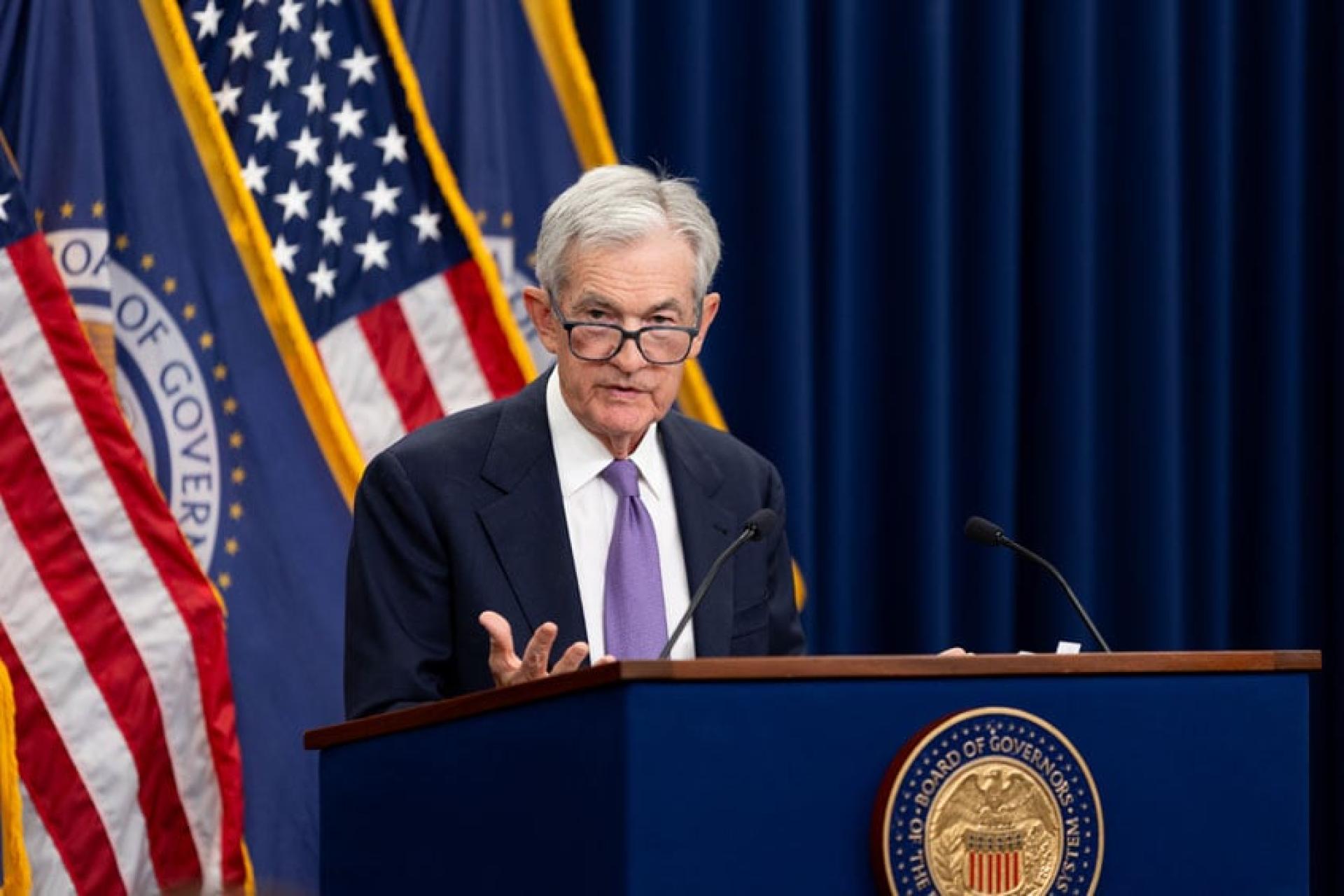The U.S. Federal Reserve announced on the 29th that it would once again lower the federal funds rate target range by 25 basis points to between 3.75% and 4.00%.
Federal Reserve Chairman Jerome Powell stated that a further rate cut at the Fed’s December monetary policy meeting is not a foregone conclusion.
The Fed concluded its two-day monetary policy meeting on the same day. The Federal Open Market Committee, its policy-making body, said in a post-meeting statement that existing indicators show U.S. economic activity has continued to expand at a moderate pace, job growth has slowed this year, the unemployment rate has edged up, and inflation has increased since the beginning of the year and remains at a relatively high level. Given changes in the balance of risks, it decided to lower the federal funds rate target range by 25 basis points.
The statement pointed out that the Federal Open Market Committee will carefully assess the latest data, evolving economic outlook, and risk balance when considering further adjustments to the federal funds rate target range. If there are risks that could hinder the achievement of its goals, it will adjust its monetary policy stance as appropriate at any time.
This is the Fed’s second 25 basis point rate cut since September 17 and also the fifth cut since September 2024. Of the 12 members of the Federal Open Market Committee, 10 voted in favor of a 25 basis point rate cut, while Milan favored a 50 basis point cut, and Schmid preferred to keep rates unchanged.
At the press conference following the monetary policy meeting, Powell said that the federal government “shutdown” continues to exert pressure on economic activity. However, once the “shutdown” ends, these effects “will reverse.”
The government “shutdown” has caused delays in the release of several official economic data, and data released before the “shutdown” showed that the momentum of U.S. economic growth may be stronger than expected. Because of this, Powell stated a further rate cut at the Fed’s December monetary policy meeting is not a foregone conclusion — “far from it.”
Recently, the Fed has been caught between its dual goals of stabilizing prices and achieving full employment. Cutting rates too quickly or too soon could accelerate inflation; maintaining restrictive rates for too long could further weaken the job market.
At the press conference, Powell emphasized that there is no absolutely safe path in balancing these two objectives in Fed policymaking.
